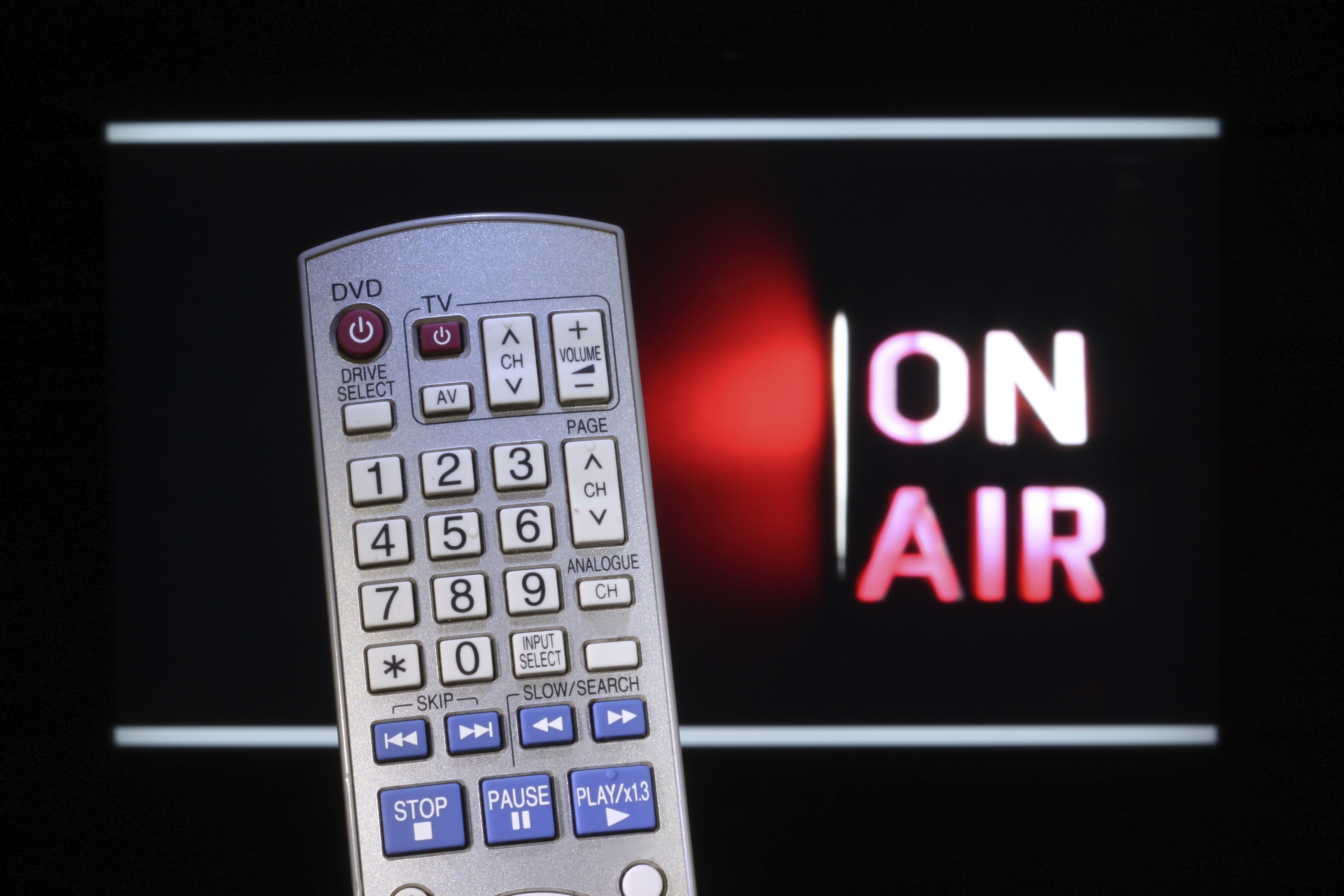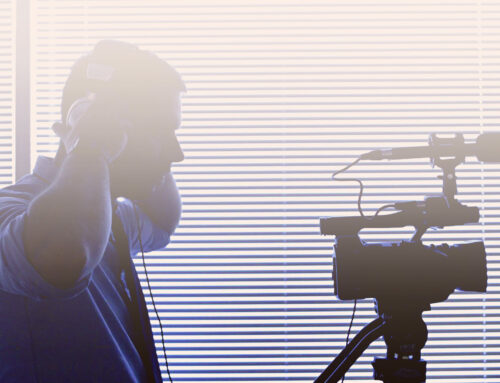We asked our resident webcaster, Paul Meador, about some tips to follow for a successful online educational experience. Here’s what he had to share with us about an important aspect of an online training or event: the internet connection.
In Paul’s words, “A lot of times, the people organizing webcasts or other streamed online events forget to ask about the most basic thing—what is the internet connection like? Is it strong enough to support the entire, uninterrupted event? Some things need to be worked through, before committing to the location.” Here are some suggestions that Paul says are vital to the success of your event.
– Make sure the internet connection where you’re hosting the event is adequate! No internet? No webcast. Test the connection by streaming out with audio and video a couple days prior to the event.
– Make sure you have good bandwidth. Depending on the quality of webcast you are aiming for, you should look for bandwidths of 200-750kbps. Your connection needs to be sound or else the webcast can have buffering issues and abruptly disconnect in the middle of your live event.
– Get the name and number of someone you can call if there are connection issues. Have a back-up plan (different site or provider) if these connection problems cannot be adequately addressed.
– Are there any firewalls you need to get through? Learn about the network security at the venue as soon as possible so that these issues can be worked out prior to the day of your streamed event.
– Don’t use Wi-Fi! It’s not conducive to a successful webcast since it’s constantly refreshing itself.






